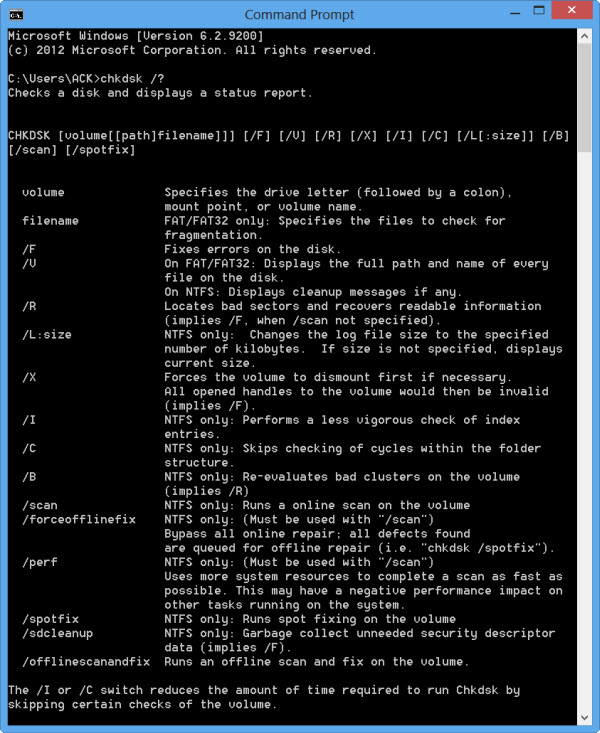
- #Syncterm command line options manuals#
- #Syncterm command line options software#
- #Syncterm command line options windows#
#Syncterm command line options windows#
A program that implements such a text interface is often called a command-line interpreter, command processor or shell.Įxamples of command-line interpreters include DEC's DIGITAL Command Language (DCL) in OpenVMS and RSX-11, the various Unix shells ( sh, ksh, csh, tcsh, zsh, Bash, etc.), CP/M's CCP, DOS' COMMAND.COM, as well as the OS/2 and the Windows CMD.EXE programs, the latter groups being based heavily on DEC's RSX-11 and RSTS CLIs. Operating system (OS) command-line interfaces are usually distinct programs supplied with the operating system. Types Operating system command-line interfaces Īpple Computer's CommandShell in A/UX 3.0.1 It may be difficult for a new user to become familiar with all the commands and options available, compared with the icons and drop-down menus of a graphical user interface, without reference to manuals. The command-line environment may not provide graphical enhancements such as different fonts or extended edit windows found in a GUI.
#Syncterm command line options manuals#
A command-line history can be kept, allowing review or repetition of commands.Ī command-line system may require paper or online manuals for the user's reference, although often a "help" option provides a concise review of the options of a command.

Automation of repetitive tasks is simplified by line editing and history mechanisms for storing frequently used sequences this may extend to a scripting language that can take parameters and variable options. Since options to commands are given in a few characters in each command line, an experienced user often finds the options easier to access. Command-line interfaces are often implemented in terminal devices that are also capable of screen-oriented text-based user interfaces that use cursor addressing to place symbols on a display screen.Ĭomparison to graphical user interfaces Ī graphical user interface with icons and windows ( GEM 1.1 Desktop)Ĭompared with a graphical user interface, a command-line interface requires fewer system resources to implement. Examples of this include the Microsoft Windows, DOS Shell, and Mouse Systems PowerPanel. Alternatives to the command-line interface include text-based user interface menus (for example, IBM AIX SMIT), keyboard shortcuts, and various desktop metaphors centered on the pointer (usually controlled with a mouse). However, some programming and maintenance tasks may not have a graphical user interface and use a command line. Today, many users rely upon graphical user interfaces and menu-driven interactions. This includes programming environments and utility programs.
#Syncterm command line options software#
Many software systems implement command-line interfaces for control and operation. Programs with command-line interfaces are generally easier to automate via scripting.

Operating system command-line interfaces are often implemented with command-line interpreters or command-line processors. This provided an interactive environment not available with punched cards or other input methods. Such access was first provided by computer terminals starting in the mid-1960s.

Screenshot of Windows PowerShell 1.0, running on Windows VistaĪ command-line interface ( CLI) is a means of interacting with a device or computer program with commands from a user or client, and responses from the device or program, in the form of lines of text.


 0 kommentar(er)
0 kommentar(er)
